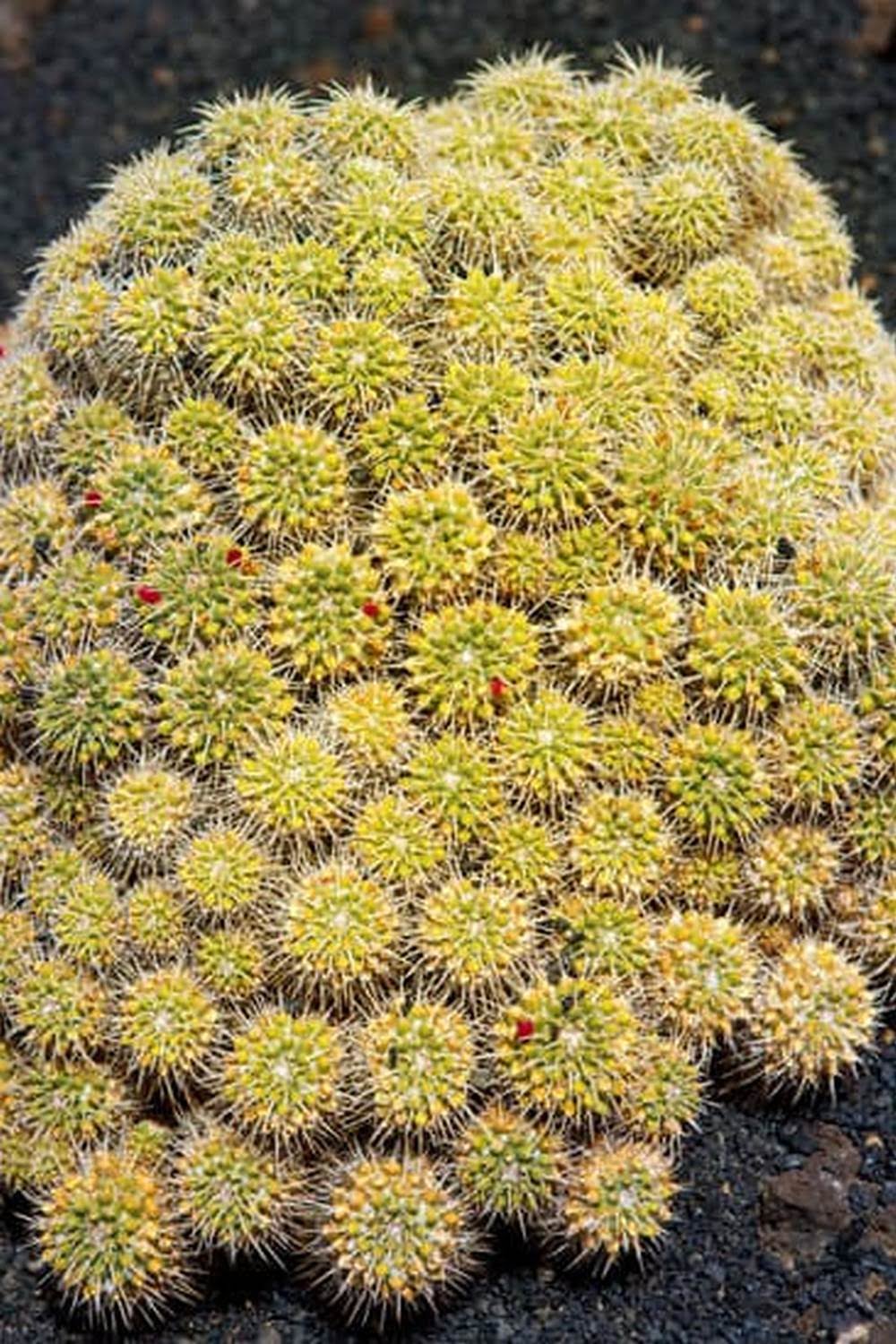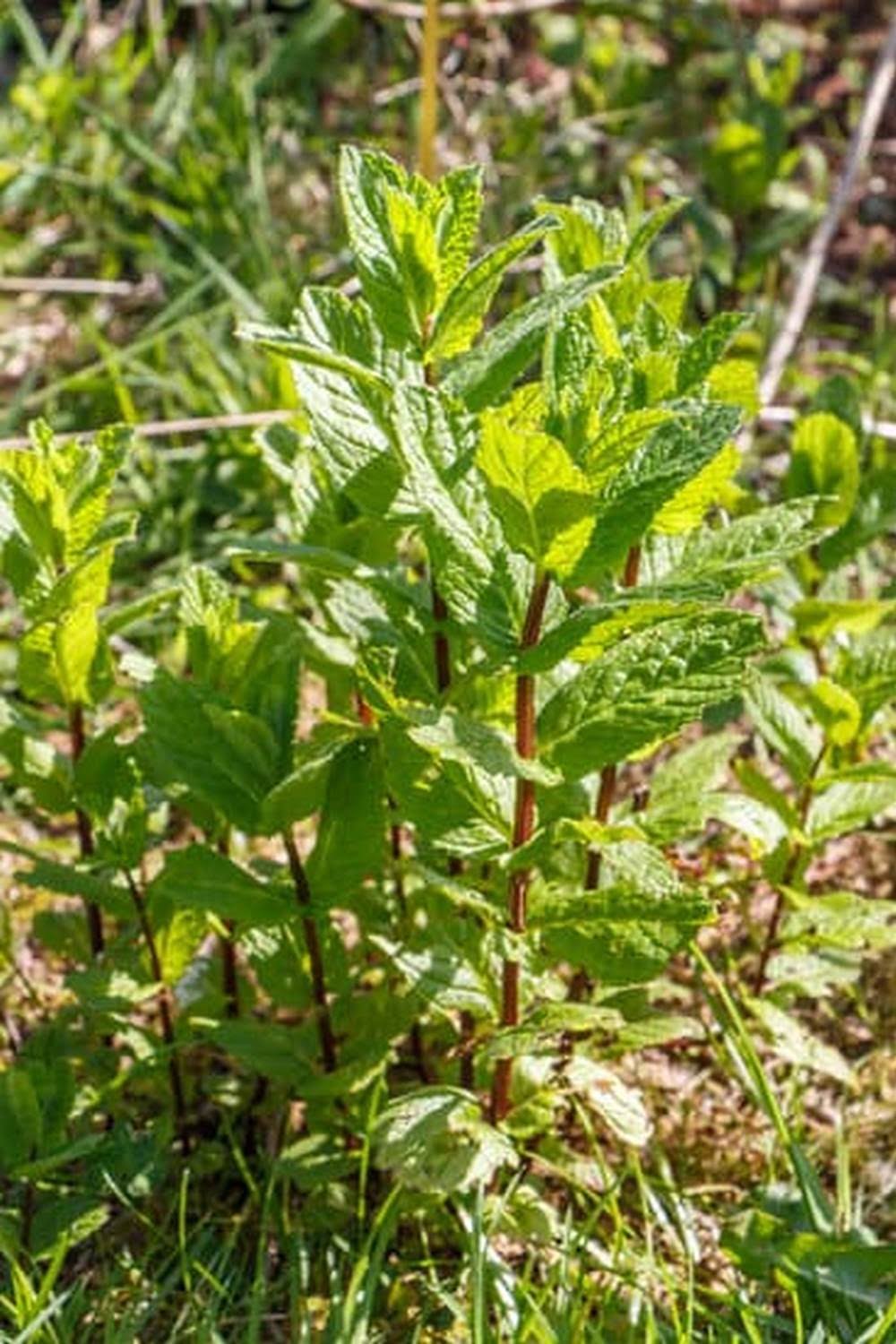Introduction
Making good soil for your vegetable garden is essential because healthy soil ensures better yields, fewer disease problems, and even improved taste. In addition to having the right ratio of organic matter, pH, nutrients, and beneficial microorganisms, there are some additional practices you should consider to make sure your vegetable garden’s soil is in its best condition.
To properly prepare your soil for optimum growing conditions, start by tilling and turning it thoroughly prior to planting season. Doing this allows the oxygen in the air to get into the depths of the soil and prevents compaction which can limit plant growth. To further improve aeration and drainage as well as break up heavier soils that are prone to compaction, you may need to add a mix of sand or compost when necessary. Additionally, adding mulch helps keep moisture in the ground while shading out weed growth that can compete with vegetables for light and water.
Fertilizing also plays an important part in improving soil quality – but be careful not to overdo it as rich chemical fertilizers can burn plants. Therefore, using natural methods like manure compost or commercial organic formulations can help ensure balanced nutrition without risking damage. Lastly, checking nutrient levels via testing kits is highly recommended; if tests detect too much or too little of a certain nutrient it can easily be remedied with targeted additions rather than risking over-fertilization by blindly adding extra fertilizers that may not be needed or wanted.
Analyzing Your Soil
If you’re looking to create the best vegetable garden soil, it’s important to analyze your soil structure and nutrient levels in order to adjust pH balance and amount of organic matter. To get an accurate assessment, you can invest in a home test kit or have a laboratory analysis done with a sample.
Home testing kits are a simple way to begin reading your soil profile and collecting valuable information about the minerals present. When using such kits, one should measure pH, nitrogen, potash (potassium oxide) and phosphorus. Additionally, tester kits will measure cation exchange capacity — the soils ability to hold nutrients — as well as electrical conductivity — an understanding of how soluble salts interact in the soil environment.
A lab analysis is more accurate and informative significantly detailed picture of your current soil conditions because they employ sophisticated technology to provide an intricate overview of soil structure and chemistry. They serve as an excellent reference point after putting improvements into practice throughout the seasons as it helps benchmark progress from year-to-year and can show which areas need attention for continued success. Examining levels on metrics such as acidity or alkalinity, calcium, magnesium and other beneficial elements are all highly recommended for obtaining better overall vegetable garden production.
Finally, adding compost or humus may be necessary for improving your soils consistency depending on final results from tests performed upon collection of data. compost helps feed the microorganisms in your topsoil that are essential for breakdown of organic chemicals in order to make them available to plants growing within its boundaries
Soil Preparation Steps
1. Test the soil in your vegetable garden: Testing your soil beforehand can provide valuable information about its mineral and nitrogen content as well as its pH level, which will give you a better understanding of what is currently in the soil, allowing you to make informed decisions regarding what amendments should be added.
2. Till the soil: Use a rototiller or spade to turn over the existing soil and break it up into smaller particles that are easier for plants to grow roots into, improving aeration and drainage. Remove any rocks, weeds and other debris as you go.
3. Add compost or other organic matter: Compost helps improve the structure, fertility and water-holding capacity of your garden’s soil. It also encourages good microbial activity that is essential for healthy plant growth.
4. Add fertilizers/nutrients: Depending on the test results from step 1, use an appropriate fertilizer blend tailored specifically for vegetables (such as an N-P-K blend) to amend nutrient deficiencies in your garden’s soil if necessary. Make sure it is applied at recommended rates according to package instructions.
5. Allow enough time before planting: Once you have finished amending the soil with all of the necessary materials, wait at least 3 weeks before planting any vegetables so that they can fully benefit from amendment materials applied prior to planting.
Soil Improvement Options
One of the most important steps toward creating a successful vegetable garden is making sure the soil has good quality. To ensure this, there are several techniques that can be used to improve the health and texture of the soil.
Adding organic matter is one way to promote healthy soil growth. Great sources include compost, manure and leaf mold. The organic matter will help retain nutrients and moisture while preventing erosion. The addition of compost or manure can also enhance the nutrient content in the soil, providing essential vitamins and minerals for growing plants.
Another option for improving poor soil is tillage. This involves turning up existing layers within the garden bed, then binding them together with an amendment such as manure or limestone powder. This type of improvement helps create a soft, porous layer ideal for roots to move through easily, aiding tall plants from toppling over due to shallow root systems.
Fertilizer can also be added to increase nutrient levels in your garden’s soil, either through a slow-release version designed to last multiple crop cycles or more concentrated forms applied directly to soil beds and containers throughout the gardening season. For acid-loving plants such as blueberries, fertilizers and conditioners rich with sulfur are recommended in place of traditional fertilizer products.
Finally, adding mulches such as hay, grass clippings or shredded leaves will keep weeds away while keeping moisture levels consistent in your vegetable garden’s soil. By taking measures like these with your vegetable garden every year – combined with smart watering practices – you’ll set yourself up for success when it comes time for planting!
Crop Selection
When selecting plant varieties that are best suited for amended soil, it is important to assess the type of amendments you have made. Some vegetables, such as tomatoes and peppers, require light, organic soils with good drainage, while others such as broccoli and carrots prefer a heavier, clay-based soil with more nutrients. You should also consider your USDA hardiness zone to choose plants that are adapted to your climate. If you want to grow a more exotic vegetable like eggplant or artichoke you will need to create soils with greater fertility and better moisture retention, like those that are amended with lots of organic material or compost. In any case making sure the soil pH levels are suitable for the particular crop is essential for success. With careful selection of vegetables and observing best practices during preparation and planting you can create a garden with bountiful healthy harvests for years to come.
Maintaining Soil Quality
Weeds and pests can quickly take over a vegetable garden if left unmanaged since they thrive in environments with poor soil. To control weeds, you will need to pull them manually or use a chemical or steam-based weed killer. Properly controlling weeds is key to maintaining good soil quality. Additionally, it may be necessary to mulch your garden beds; either by adding organic materials like straw, wood chips, or manure or by using plastic sheets to cover the ground. In addition to controlling weeds, mulching also helps retain moisture in the soil which makes for healthier vegetable plants.
Adding organic materials is an important part of maintaining soil quality as well; these help to naturally lean out the soil and improve its overall structure. Compost and worm castings are great additions that improve soil texture while fertilizers and slow-release nutrients feed plants over a long period of time but should be used sparingly and not more than what’s recommended so as not to risk ruining the delicate nutrient balance in the soil. Manure is another excellent option that both adds fertilizer and improves the physical condition of the soil at the same time, but it must be composted properly first so as not to spread disease or unwanted pests into your garden space.
Conclusion
Maintaining a successful vegetable garden depends on having healthy soil. Good soil is rich in organic matter and provides the necessary nutrients needed for vegetables to grow vigorously while protecting plants from diseases. To attain and maintain healthy soil, gardeners can incorporate compost, mulch, and manure into their existing soil. Compost increases water retention and provides essential nutrients. Mulch prevents competition from weeds while keeping the soil temperature stable. Manure can add organic matter as well as important macronutrients like nitrogen, phosphorus, and potassium. Additionally, regular maintenance like aeration, pH testing, and nutrient management should be conducted to ensure that the soil remains in top condition throughout the growing season. All of these steps are necessary for successful vegetable gardening as they help promote strong root systems and abundant yields of vegetables.

If you’re looking to get into vegetable gardening, or are just looking for some tips on how to make your current garden better, then you’ve come to the right place! My name is Ethel and I have been gardening for years. In this blog, I’m going to share with you some of my best tips on how to create a successful vegetable garden.





